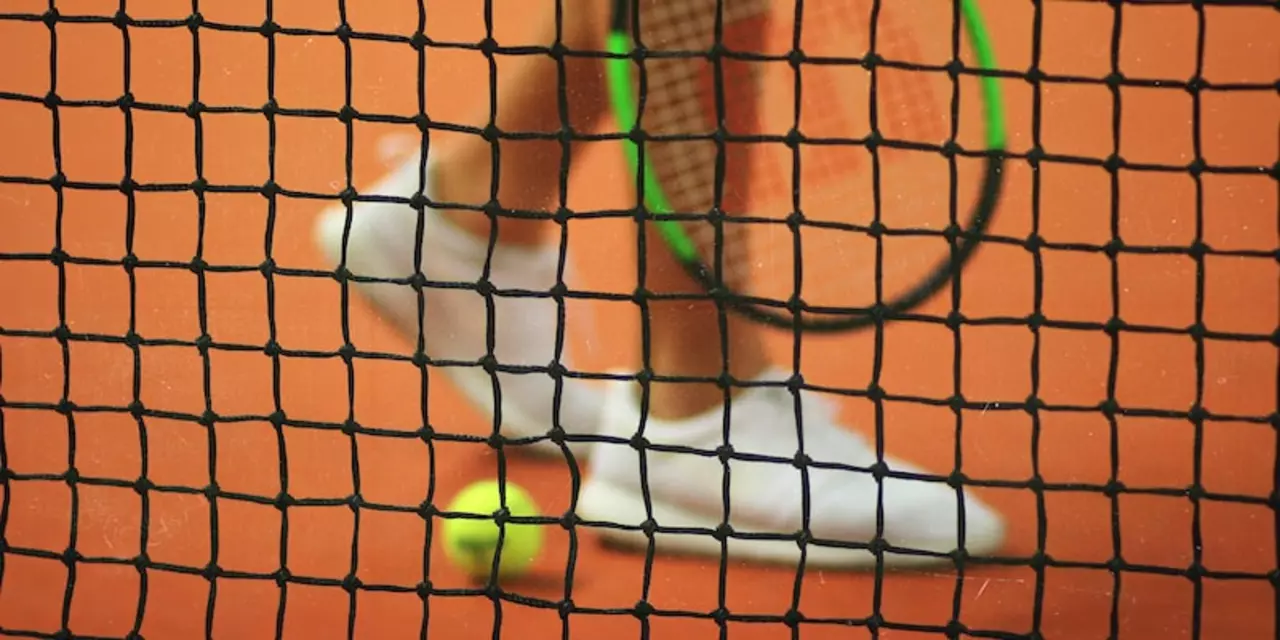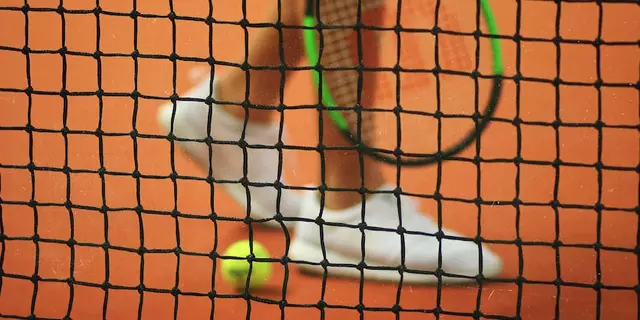Tennis Rules: What Every Player Needs to Know
If you’ve ever wondered why players bend low before a serve or what “retired” really means, you’re in the right spot. Below are the most common rule questions answered in plain English, plus a few practical pointers to keep your game smooth.
Ready Stance and Bending for Serves
When a player receives a serve, you’ll notice they bend their knees and lower their center of gravity. This isn’t just for looks – a low stance gives you better balance, quicker footwork and more power when you spring into the return. Think of it as getting ready to jump off a trampoline; the lower you are, the higher you can go. To copy the pros, practice a slight knee bend with your feet shoulder‑width apart, keep your weight on the balls of your feet, and stay relaxed.
Retire, Walk‑Off, and When a Match Ends Early
“Retired” in tennis means a player couldn’t continue because of injury, illness, or another sudden issue. The match stops immediately and the opponent wins. It’s different from a “walk‑off” where a player quits for non‑medical reasons; that can lead to penalties. If you feel a sharp pain during a game, signal the umpire and step off the court – it’s better to protect your body than push through and cause bigger damage.
Another rule fans often miss is the impact of court speed. Tournaments sometimes adjust surface material to slow down or speed up play. A slower court, like the recent Australian Open, produces longer rallies and forces players to rely more on strategy than raw power. Knowing the court speed helps you choose the right shots: use more spin on fast courts, and add depth on slower ones.
Now, onto a common health concern: tennis elbow. While not a rule per se, the sport’s governing bodies recommend rest, ice and gentle stretching as the first line of treatment. Non‑medical steps like using a forearm strap or doing wrist curls can speed recovery. Avoid heavy lifting or repetitive hammer‑like motions until the pain eases.
Finally, a quick note on equipment and terminology. Many people still call any rubber‑soled sneaker a “tennis shoe.” Historically, the first such shoes were designed for tennis, and the name stuck. Today, you can pick a shoe specifically built for your foot type and court surface – it makes a noticeable difference in comfort and injury prevention.
Putting these basics together gives you a solid foundation: adopt the proper ready stance, respect retire rules, adapt to court speed, treat elbow issues early, and choose the right footwear. Mastering the rules isn’t just about avoiding penalties; it’s about playing smarter, staying healthier, and enjoying the game more. Keep these pointers in mind the next time you step onto the court, and you’ll see immediate improvements in your performance and confidence.

How to keep score in tennis and why is it dome that way?
Tennis scoring can be complicated and confusing, but understanding it is key to enjoying the game. Scoring in tennis is done in a game system, where points are awarded for winning a rally, and the winner of each game is the player who first reaches four points. Scoring continues until one player reaches six games, with a margin of two games. A set is won when one player reaches six games, but with a margin of two games. Finally, a match is won when one player wins two sets out of three (or three sets out of five). Knowing the scoring system allows players to keep track of the game, and allows for more strategy and a more enjoyable experience.
Detail



